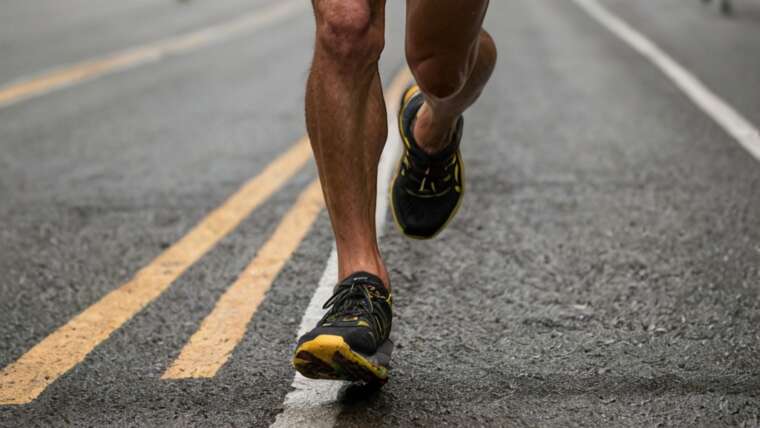Metatarsalgia, also known as ball-of-foot pain, is an unpleasant condition that can occur in one or more of the metatarsal bones—the long bones that make up the ball of your foot. These bones are located on the inside edge of your foot from your big toe to the small one. These five long and slender bones can be susceptible to various kinds of stress, such as from ill-fitting shoes or even dancing for extended periods of time on hard surfaces. Metatarsalgia pain is usually experienced in the ball of your foot; hence, this painful condition is also referred to as fifth metatarsalgia. When left untreated, metatarsalgia can become a chronic problem with lingering pain that can be quite debilitating and interfere with everyday activities. In this article you will learn about different types of metatarsalgia, its causes, symptoms, risks factors and potential complications, home remedies and exercises to relieve pain.

Table of Contents
What is the Cause of Metatarsalgia?
Metatarsalgia is an abnormal pressure on the metatarsal bones, which can occur for several reasons. It can be caused by an injury to one or more of the metatarsal bones, such as stubbing your toe, spraining your ankle, or having an accident. Other causes of metatarsalgia can be due to wearing shoes that are too narrow or too high, having an abnormal foot structure, being overweight, or dancing for extended periods of time on hard surfaces. Metatarsalgia may also occur as a result of a medical condition such as arthritis, gout, diabetic neuropathy, or an infection in the corns or calluses on the ball of your foot. Metatarsalgia can also be caused by an abnormality within the bones themselves, including a broken bone, a tumor, arthritis, or osteoporosis.
Types of Metatarsalgia
- First Metatarsal Metatarsalgia: This type of metatarsalgia is caused by an injury to the second, third, or fourth metatarsal bones.
- Arthritis of the Metatarsal: This type of metatarsalgia is caused by degenerative arthritis of the metatarsal joints.
- Hallux Metatarsalgia: Also referred to as “big toe joint pain,” hallux metatarsalgia involves the big toe joint and/or first metatarsal bone (which supports the joint).
Symptoms of Metatarsalgia
- Pain in the ball of the foot, on the inside of the foot, or on the outside of the foot near the little toe joint. This pain may be felt at the break of the joints, especially if there is arthritis in the joints.
- Pain when walking, running, or standing for long periods of time.
- Swelling and redness of the ball of the foot, particularly if an infection has occurred.
- Pain when wearing shoes or socks.
- Soreness and stiffness in the foot, particularly in the morning when getting out of bed.
Risk Factors for Metatarsalgia
- Wearing shoes that are too narrow or high, particularly ballet flats or other types of high-heeled shoes.
- Having an abnormal foot structure. – Being overweight. – Having an infection or inflammation of the corns or calluses on the ball of the foot.
- Having arthritis or gout.
- Having diabetes or diabetic neuropathy.
- Having an injury to the metatarsal bones.
- Having an abnormality within the metatarsal bones themselves.
Metatarsalgia Exercises to Relieve Pain
The best exercise you can do is toe raises, This might be uncomfortable if you have a lot of pain in the ball of your foot, but if you don’t, there shouldn’t be an issue. A few other good exercises are a one-leg stance and towel scrunches. If you continue to do these 3 exercises there is a good chance you can get the pain to go away naturally. Consult your physiotherapist for more exercises and to help monitor your progress.
Stretches to Relend Pain from Metatarsalgia
- Plantar Fasciitis Stretch
- Quad Stretch
- Hamstring Stretch
- Ankle Stretch
- Wall Stretch
- Wall Squat
- Heel Drop
Conclusion
Metatarsalgia is a common foot complaint that can be treated through home remedies and exercises. If left untreated, this condition can become a chronic problem. The best way to treat metatarsalgia is to wear appropriate footwear that fits, stretch your foot and lower leg muscles, and rest.


